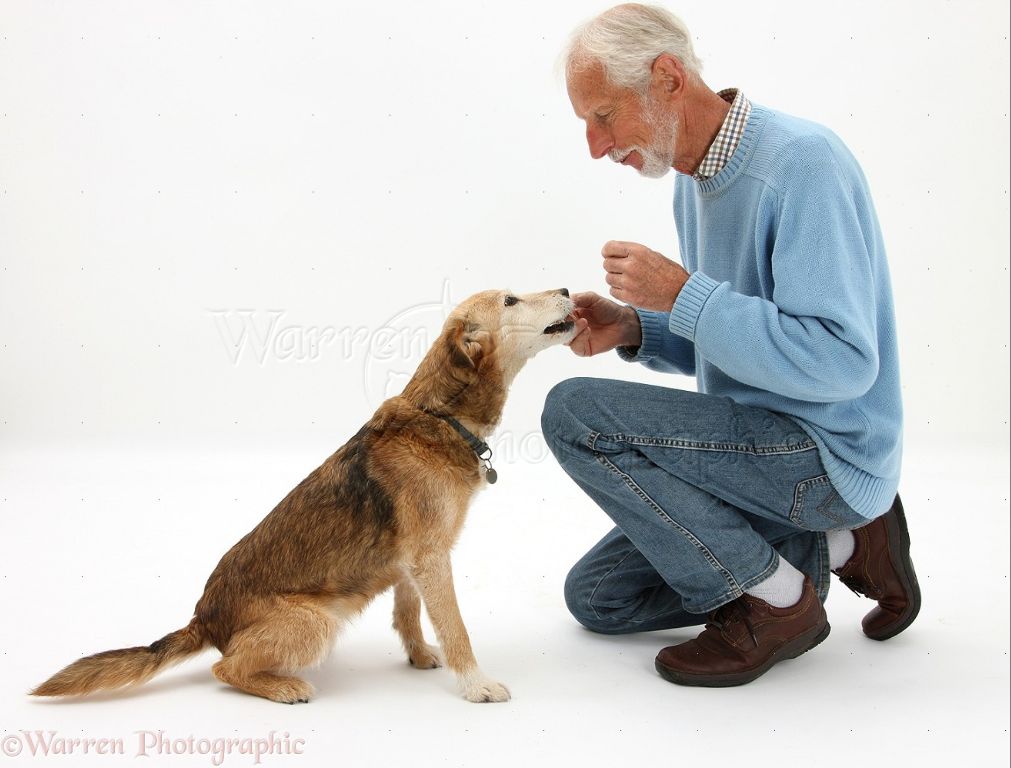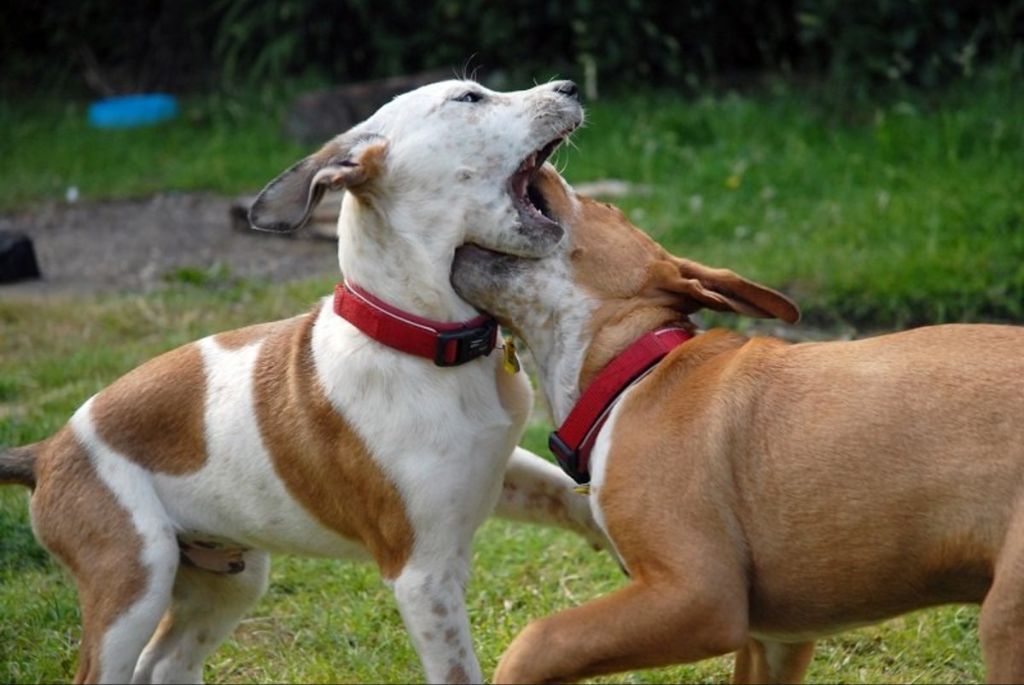Introduction
The concept that dogs hold “grudges” after fights with other dogs or people is a common misperception. Dogs do not actually have the cognitive ability to hold grudges or enact premeditated “revenge” as humans do. However, dogs are capable of experiencing fear and aggression after altercations, which can sometimes look like grudge-holding behavior to humans. This content will explore the real reasons behind dogs’ reactions to fights, how to safely manage dogs post-fight, and how to rebuild positive relationships.
Dog Memory
Dogs have excellent associative memory, allowing them to remember people, places, experiences and other dogs from their past (“Your Dog Remembers More Than You Think” from The American Kennel Club). For example, dogs can recognize previous owners even after years of separation. They also remember specific locations they’ve visited before and can associate those places with events or experiences (“What Do Dogs Actually Remember?” from Southern Living).
However, dogs generally have short-term memory span of less than 2 minutes (“Do Dogs Have Memories?” from Hills Pet Nutrition). This means they can easily forget an altercation or negative experience after a very brief time. While they associate individuals and locations with emotions and experiences, the specifics of those memories decline rapidly without reinforcement.
Fight or Flight
Dogs operate on instinct, not complex emotions like grudges. When faced with a threat, dogs experience an automatic physiological response called the fight-or-flight response (source). This prepares the dog’s body to either stand and fight or flee to safety. The key thing is that it’s an instinctive reaction, not an emotional choice to hold a grudge.

The fight-or-flight response is triggered by the sympathetic nervous system. When dogs feel threatened, their body releases hormones like adrenaline and cortisol to prepare for fighting or running away (source). Their heart rate increases, pupils dilate, and blood flow is directed to the muscles. While this response protects dogs in the moment, it does not involve planning future retribution.
After a fight, residual fear or anxiety is more likely than a grudge. With proper counterconditioning, dogs can become desensitized to the trigger that caused their fight-or-flight reaction initially. But the instinct itself is innate, not a choice or emotional response. When faced with perceived danger, a dog’s biology takes over to ensure immediate survival – not to hold lasting resentments.
Fear vs Grudge
Dogs tend to display avoidance behaviors toward people or other dogs they fear, rather than holding an actual grudge or grudge-like feelings (1). When a dog has had a frightening or traumatic experience with a person or animal, they may act fearful or submissive when encountering that individual again.
Signs of fear in dogs include trembling, hiding, tucking their tail, and cowering (2). This differs from grudge-motivated aggression, which involves behaviors like growling, lunging, and biting. Dogs act out of fear as a self-defense mechanism, not due to anger or a desire for retribution.
While it may seem like your dog is holding a grudge after a fight with another canine, they are likely just being wary and avoiding future conflicts. With proper desensitization training, a dog can overcome fearful associations. Their memory of past negative encounters does not equate to a human-like grudge.
Sources:
(1) https://fotp.com/learn/dog-training/can-dogs-hold-a-grudge
(2) https://www.healthextension.com/blogs/blog/do-dogs-hold-grudges-the-truth-behind-your-pups-mood
Dog Body Language
Body language is how dogs communicate fear and anxiety. Some common signs of fear in dogs include ears pinned back against the head, tail tucked between legs, cowering low to the ground or trying to get away, yawning when not tired, lip licking and panting when not hot, and avoiding eye contact (1). Subtler cues include a lowered body posture with the head down, rigid body movements, yawning and sniffing repeatedly as displacement behaviors, and a tense facial expression with the lips tightened
(Body Language of Fear in Dogs – Poster. (2021). Multnomah County Animal Services. Retrieved from https://www.multcopets.org/sites/default/files/2021-05/Body-Language-of-Fear-in-Dogs-Poster.pdf)
Desensitization
Desensitization is a technique that can help dogs overcome fear or anxiety associated with certain stimuli. The process involves gradually exposing the dog to the feared stimulus at a low intensity, and rewarding calm behavior [1]. As the dog becomes more comfortable, the intensity is slowly increased over many sessions. The goal is to counter-condition the dog to associate the stimulus with good things, like treats, play, and praise [2]. For example, if a dog is afraid of thunderstorms, desensitization might start by simply playing a recording of low thunder at a distance, while giving the dog treats for staying relaxed. Over time, the volume or intensity of the recording is gradually increased as the dog builds confidence. Desensitization and counter-conditioning require patience, but can help the dog overcome strong fearful reactions through slow, positive exposure.
Positive Reinforcement
One of the most effective ways to help dogs remain calm or de-escalate after a fight is through positive reinforcement training. This involves rewarding your dog with treats, praise, or affection when they demonstrate calm behavior in situations that previously caused anxiety or aggression. Consistently rewarding calm behavior helps dogs associate being relaxed and compliant with getting something they want. According to Chewy, calming treats can be an excellent positive reinforcement tool to help anxious pups stay relaxed.

Some tips for using positive reinforcement to promote calmness include having tasty treats on hand to reward quiet, gentle behavior and remaining calm yourself to set a good example. Start by rewarding brief moments of calmness, then gradually expect longer durations before giving a treat. Be patient and consistent, as it may take time for your dog to make the connection. The goal is for your dog to learn that staying relaxed, even around their rival, leads to good things happening. Eventually, the need for treats should decrease as calmness becomes a learned habit.
Consult an Expert
When aggression issues arise, it’s important to seek help from trained professionals who specialize in canine behavior. Veterinary behaviorists are the experts when it comes to assessing and treating dogs with aggression.
According to the American College of Veterinary Behaviorists, veterinary behaviorists have extensive training in animal behavior and are best equipped to evaluate and treat behavioral problems in dogs, including aggression. They work to understand the underlying motivation and cause of the aggressive behavior and create an individualized behavior modification plan.
As Jeff Silverman, a dog aggression expert with over 20 years experience, notes on his website Training Tracks, “Our aggression expert, Jeff Silverman, has successfully rehabilitated hundreds of aggressive dogs over the last 20 years.” When facing aggression issues, consulting a veterinary behaviorist can help provide a path toward rehabilitation.
Rather than attempting to resolve complex or severe aggression cases independently, consult a board-certified veterinary behaviorist for an expert assessment, diagnosis, and treatment plan. They have the knowledge and experience to humanely and effectively address aggression in dogs.
Safety First
When two dogs have fought, it’s crucial to exercise extreme caution around them afterwards until you’re certain the conflict has passed. According to How to Break Up a Dogfight: Stop Dogs From Fighting, dogs that have fought may still feel on edge, defensive, or aggressive toward one another. It’s important to carefully monitor their body language.

Signs a dog may still feel threatened or antagonistic include a stiff body, tense face, whale eyes, lifted lips, growling, or an avoiding/stalking posture. The ASPCA advises keeping the dogs strictly separated for several weeks using barriers like baby gates. Slowly reintroduce the dogs at a distance while rewarding peaceful behavior. If they can’t coexist safely, permanent separation may be necessary. Always put safety first, as breaking up another fight carries risk of bites.
With patience, positive reinforcement, proper precautions, and expert guidance, dogs who have fought may overcome the altercation. But we must cautiously observe their interactions for lingering fear, stress or aggression. The situation requires an abundance of caution to avoid another confrontation.
Conclusion
In summary, while dogs do have good memories, they likely do not hold grudges in the same way humans do. When a dog fight occurs, it is usually sparked by fear or a perceived threat, not a desire for retribution over past transgressions. After a fight, dogs may be wary and stressed in each other’s presence, but this is not the same as a grudge. With time, patience, and proper desensitization and counterconditioning using positive reinforcement, dogs can learn to get along safely again. While serious dog aggression requires professional help, most minor squabbles can be worked through with dedicated training. Understanding dog body language and psychology allows us to see that what may look like a grudge is likely just instinctual behavior. With compassion and understanding on our part as owners, we can help dogs overcome their stress and live together harmoniously once more.